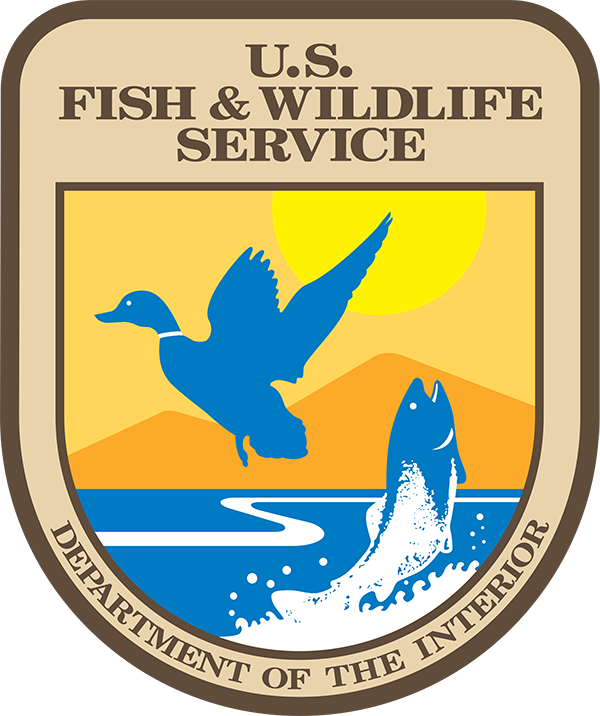Small mammals are keystone species in Arctic and boreal food webs with quick generation times and small home ranges, small mammals are sensitive bioindicators of local disturbance, including climate change and development. As climate change continues to affect temperatures, primary productivity and growing season, we can expect changes in small-mammal populations movements, ranges and cycles that may drastically influence boreal and Arctic ecosystems.
Goals
The results from this project will allow National Park Service to evaluate effects of road development on small mammals along the Ambler Road corridor by establishing baseline data and comparative research through the inclusion of Denali National Park–already impacted by development. These data are central for comparative research and informed dialogue with industry to establish pre-development mitigation strategies by providing pre-development snapshot of population status preceding future climate change and development.
Current Status
Small mammals play a vital role in boreal and Arctic ecosystems in Alaska. As local and resident, keystone species in food webs with quick generation times and small home ranges, small mammals are sensitive bioindicators of local disturbance, including climate change and development. In Denali National Park, small mammals have been studied for 30 years (1992-2022) as part of the Central Alaska Network Long-Term Monitoring program. Over many years, rain, snow, and growing season temperatures were strongly associated with variation in plant primary productivity. Both vole and hare abundance cycles showed a four-fold change in amplitude (peak) that corresponded to long-term changes in primary productivity. As climate change continues to affect temperatures, primary productivity and growing season, we can expect changes in small-mammal populations movements, ranges and cycles that may drastically influence boreal and Arctic ecosystems. Our project will compare reference condition data - genetic diversity, genetic structure - as well as population demographic data among Denali, Gates of the Arctic, and Kobuk Valley national parks. These data are central for comparative research and informed dialogue with industry to establish pre-development mitigation strategies by providing pre-development snapshot of population status preceding future climate change and development.

Graduate Student
- Sarah Swanson (University of Alaska-Fairbanks)
Principle Investigators
- Sarah Sonsthagen
- Shawn Crimmins (U.S. Geological Survey, Indiana Fish and Wildlife Research Unit)
- Melanie Flamme (National Park Service)
Project Duration
August 2024 – September 2028
Funding
- U.S. Geological Survey
Project Location
Alaska




